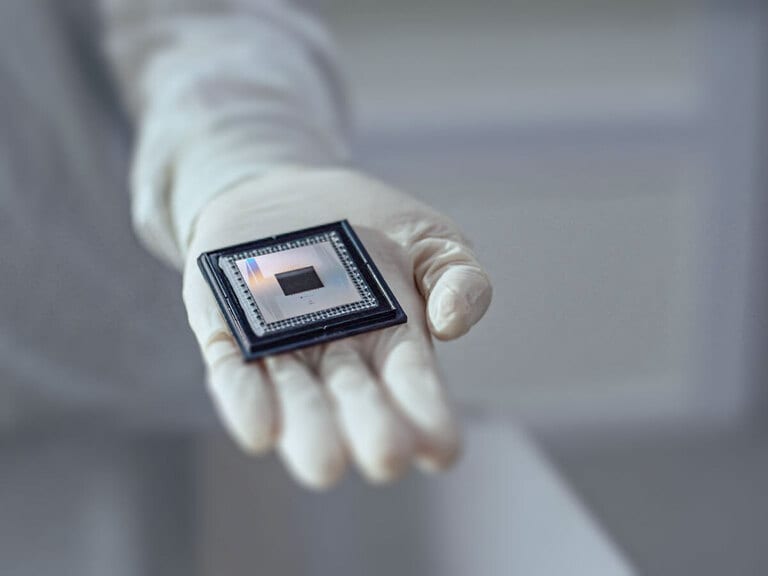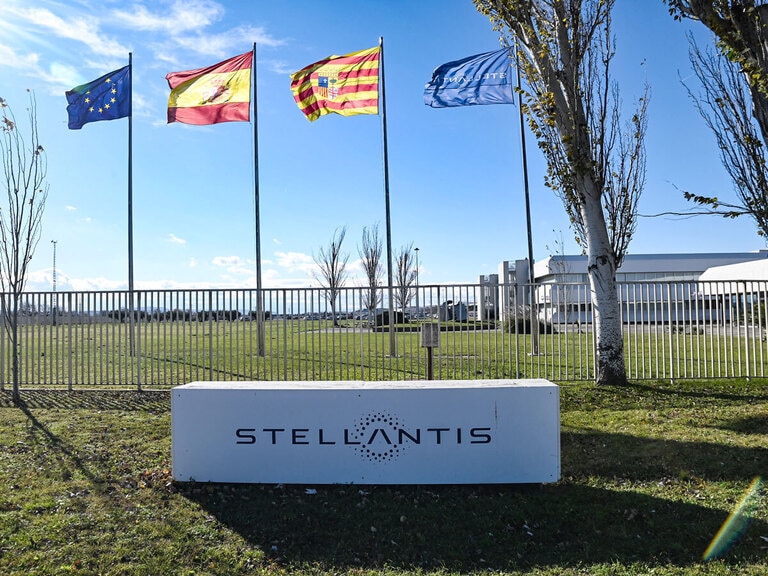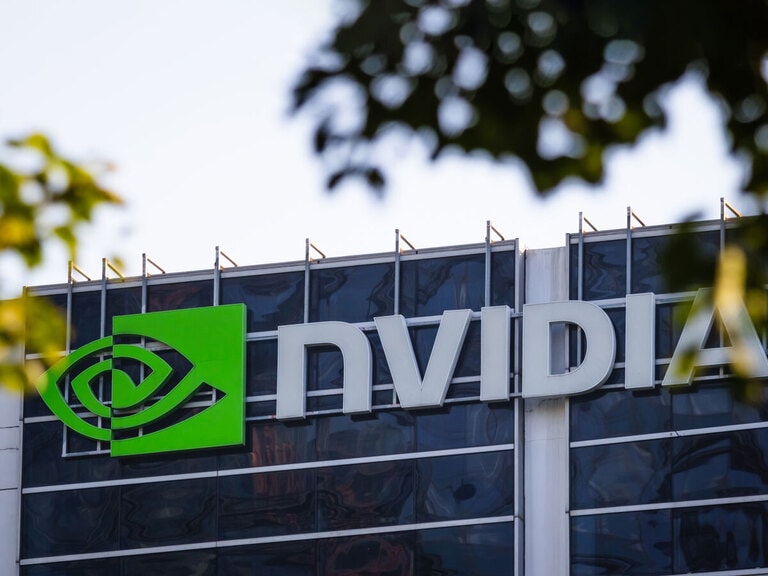In the year to 20 July 2021, the Microsoft share price[MSFT] gained 26.5% to close at $280.14. In the opening weeks of the year, the Microsoft share price steadily gained 9.6% to close 18 February at $243.79. This preceded a slight pullback, which saw the Microsoft share price level out around the $232 level, which it closed just below on 30 March.
Early April saw rapid gains for the Microsoft share price, which by 5 April had reached $249.07. Further gains pushed the stock to a close of $261.97 on 27 April, before the Microsoft share price fell 8.8% in just over a fortnight to close 12 May at $239.00.
26.5%
Microsoft's YTD share price rise
From here, however, the Microsoft share price has been on a sustained stretch of gains that have seen it post an all-time high ($283.66 on 14 July) and close 19 July at 30.9% above its level 12 months before.
Microsoft’s cyber spree
On 12 July, Microsoft announced an agreement for the acquisition of cybersecurity software house RiskIQ. While Microsoft’s announcement didn’t reveal a price for the deal, a Bloomberg report quoted an unnamed insider familiar with the details as putting the price at more than $500m cash.
Microsoft’s acquisition of RiskIQ follows shortly on from that of ReFirm Labs, which Microsoft bought in early June in a bid to boost its Internet of Things (IoT) security. The cybersecurity spending spree began about a year earlier, when Microsoft acquired CyberX, a deal which itself built on a by-then two-year-old $5bn investment program into IoT.
The purchase also plays out against a backdrop of increasingly prevalent ransomware attacks, with IT management company Kaseya and the UK arm of the Salvation Army recently falling victim to the hacks. The UK recently joined the US and other countries in formally laying the blame for a hack of an estimated 250,000 Microsoft Exchange servers at the Chinese government’s door.
Additionally, Microsoft’s Active Directory was recently exposed to a vulnerability when security engineers published their proof-of-concept exploit for a remote-code execution in a print spooler service. Shenzhen-based information security firm Sangfor published the execution code on its authors’ GitHub, and it was soon afterwards forked and copied by hackers. The Microsoft share price fell 0.18% on 30 June, the day the news broke.
RiskIQ’s product defends the “attack surface” of an organisation from threats using security intelligence. Threats and unusual activity are detected by the software, which identifies and resolves vulnerabilities within its users’ infrastructure.
Eric Doerr, VP cloud security at Microsoft, said: “the combination of RiskIQ’s attack surface management and threat intelligence empowers security teams to assemble, graph, and identify connections between their digital attack surface and attacker infrastructure and activities to help provide increased protection and faster response.” The Microsoft share price rose 0.2% on 12 July in response to the announcement.
“The combination of RiskIQ’s attack surface management and threat intelligence empowers security teams to assemble, graph, and identify connections between their digital attack surface and attacker infrastructure and activities to help provide increased protection and faster response” - Eric Doerr, VP cloud security at Microsoft
A blog post on RiskIQ’s website said “We’re joining Microsoft to extend and accelerate our reach and impact,” adding that the firm will “work closely with [its] customers [to] integrate RiskIQ’s complementary data and solutions with Microsoft’s Security portfolio to enable best-in-class solution attack surface visibility, threat detection, and response.”
Securities funds
None of the four largest cybersecurity ETFs currently carry Microsoft’s stock, and its forays into the security world not yet be sufficient for it to be considered a specialist in the field.
The highest-performing cybersecurity ETF in 2021 to 19 July was the First Trust NASDAQ Cybersecurity ETF [CIBR], which gained 6.1%. Of the four largest cyber ETFs, the weakest performer during that period was the Global X Cybersecurity ETF [BUG] which gained 2.7%. Both significantly trail the Microsoft share price performance over the year so far.
6.1%
YTD returns of the First Trust NASDAQ Cybersecurity ETF
CIBR’s top holding, Zscaler [ZS] has outperformed the cybersecurity field as a whole (based on these ETFs’ performance) with gains of 11.7% in the year to 19 July. While BUG’s top holding, Crowdstrike [CRWD], performed even better with gains of 18.21%, it is also the second-largest holding in CIBR, with a 6.35% weighting as of 19 July.
CIBR’s overperformance seems to have been driven by its third-largest holding, Accenture [ACN], which isn’t held by BUG and has gained 18.4% in the year to 19 July. Accenture has 6.2% of CIBR’s weighting as of the same date.
CIBR gained 39% over the trailing 12 months, similar to BUG’s 39.8%. Both funds have outperformed the Microsoft share price during that time.
Continue reading for FREE
- Includes free newsletter updates, unsubscribe anytime. Privacy policy





